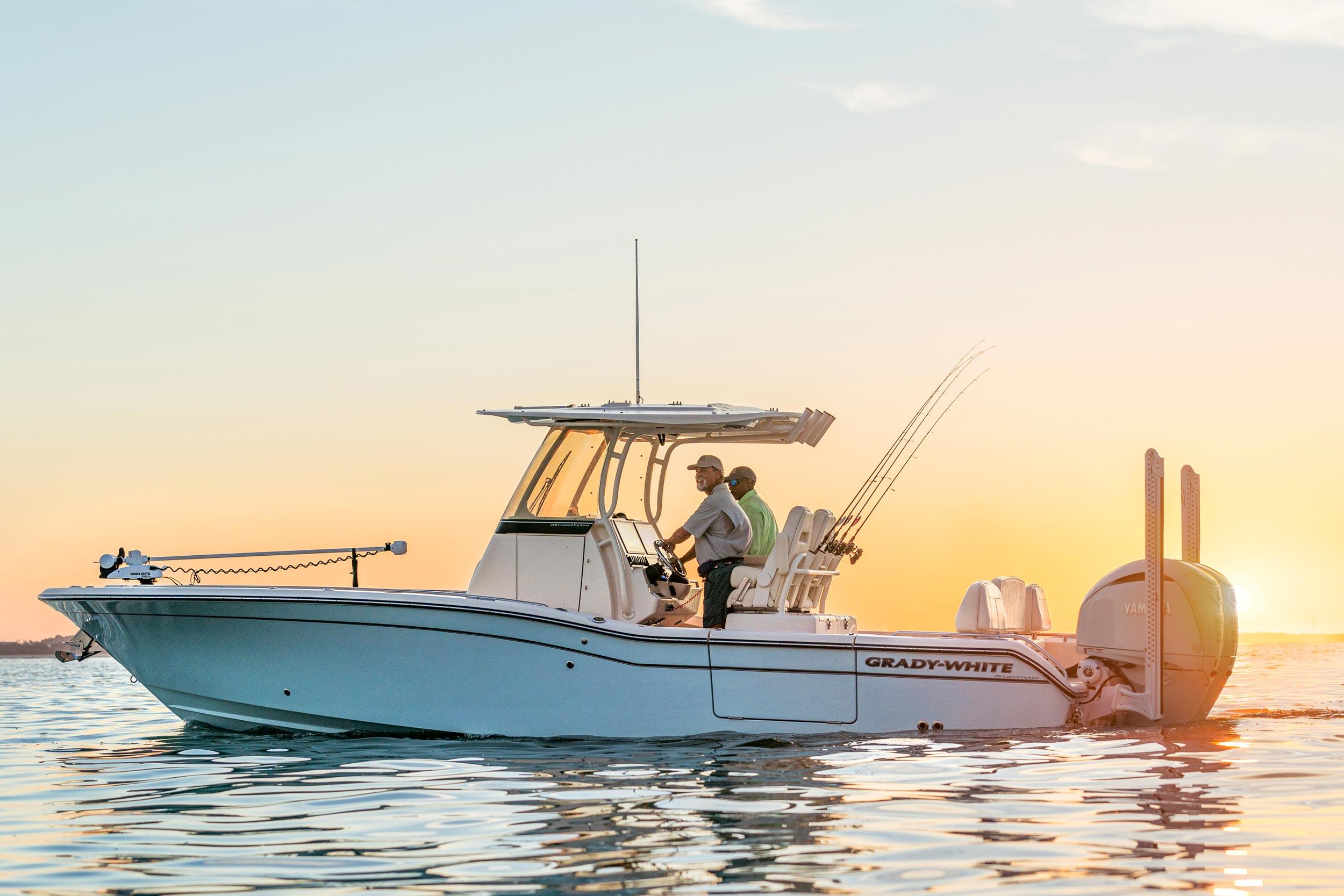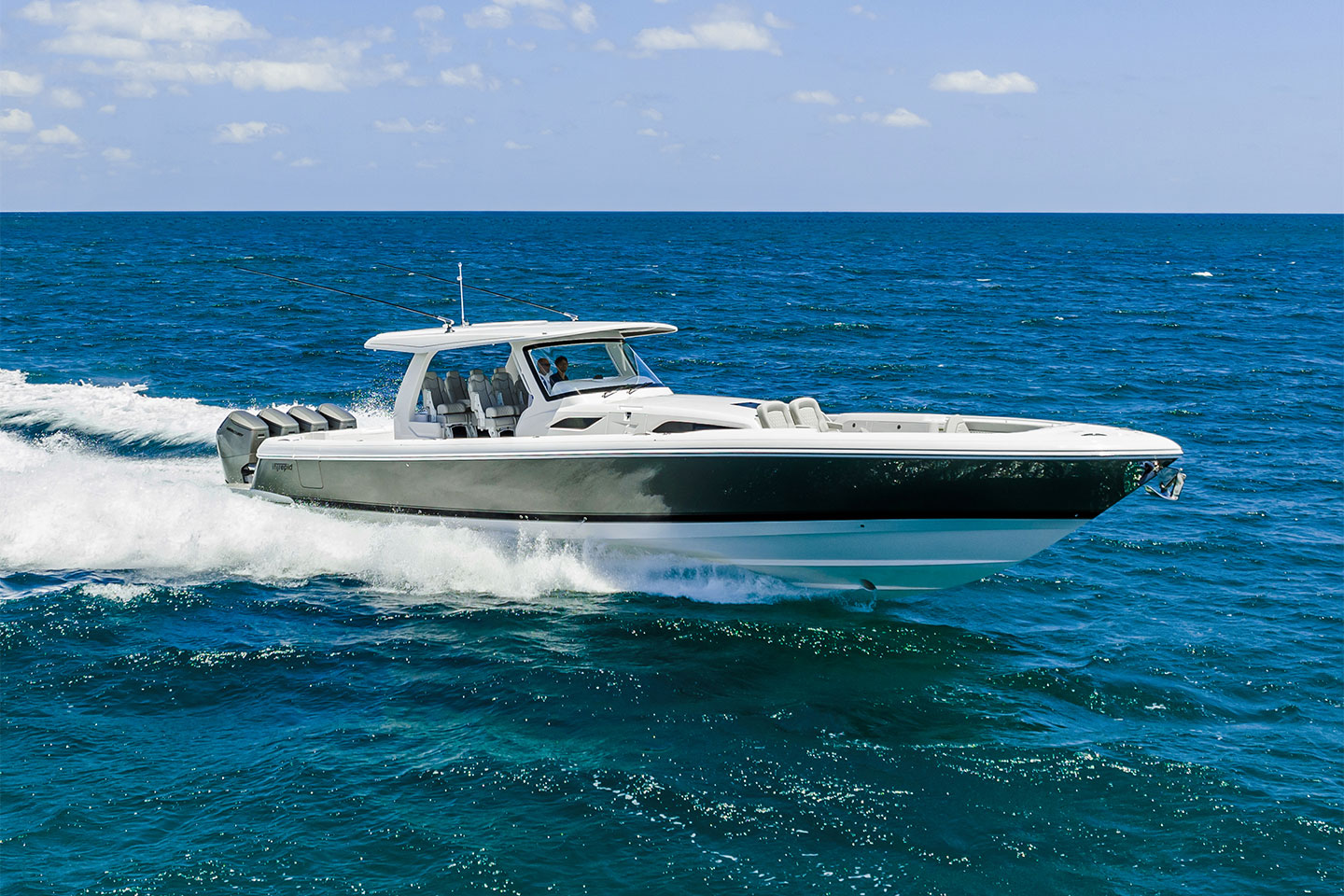African Pompano: The Ultimate Guide to This Exotic Fish
The African pompano (Alectis ciliaris) is a unique marine fish species belonging to the jack family, Carangidae. Known for its distinct appearance, including a silver body and long, filamentous dorsal and anal fin rays, the African pompano has captured the interest of both recreational anglers and seafood enthusiasts. This fish is prevalent in tropical waters worldwide, with adults typically inhabiting coastlines and juveniles taking a more pelagic lifestyle, floating along ocean currents.
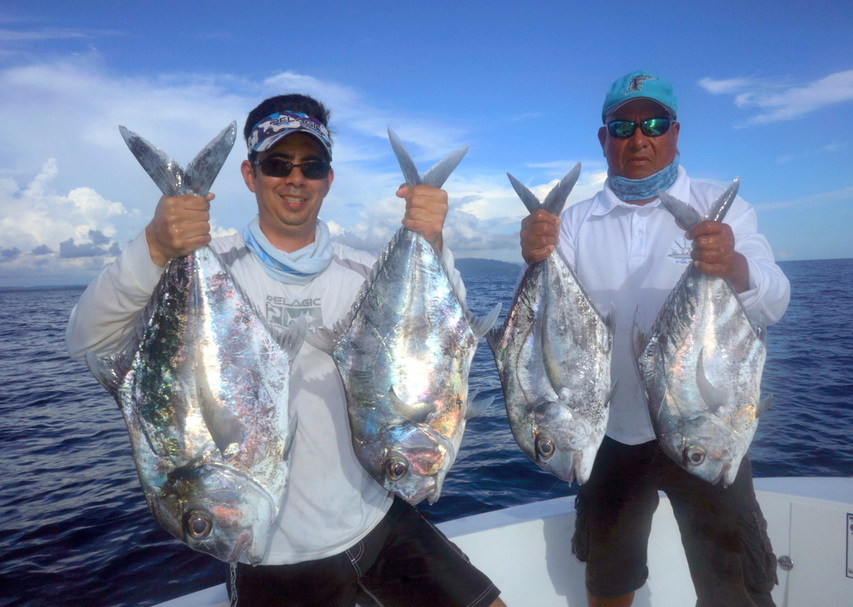
In terms of behavior, the African pompano is often found near reefs, wrecks, and ledges, making it a popular target for anglers seeking a challenging and exciting catch. The fish is not only recognized for its fighting abilities but also highly regarded as a sumptuous meal. While the African pompano has received considerable attention in the sportfishing community, it’s essential for anglers to be aware of legal requirements and conservation efforts to maintain healthy populations of this captivating species.
Key Takeaways
- The African pompano, a species of tropical marine fish, is popular among anglers for its fighting abilities and culinary value.
- Adults inhabit coastlines while juveniles are pelagic, often found near reefs, wrecks, and ledges.
- Anglers should be aware of legal requirements and conservation efforts to protect the African pompano population.
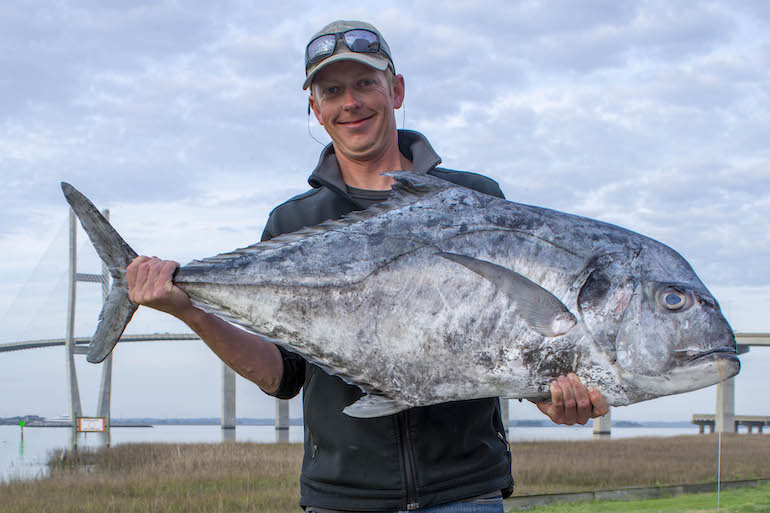
Identification
Physical Features
The African Pompano (Alectis Ciliaris) is a tropical marine fish that belongs to the jack family, Carangidae. It is known for its metallic-blue color on the back, which fades to a white belly. The body of this fish is deep and compressed, with a steep and rounded front of the head. The African Pompano's dorsal fin begins in front of the anal fin, which can be an identifying feature. Juveniles of the species typically have long, thread-like rays at the front of their dorsal and anal fins, giving them a unique appearance. Additionally, this fish bears scutes (bone-like projections) on its sides, positioned in front of the tail1.
Taxonomy
African Pompano belongs to the Eukaryota domain, Animalia kingdom, Chordata phylum, Actinopterygii class, Carangiformes order, and Carangidae family, which is popularly known as the jack family2. The species has had a rich scientific history, with various scientific names attributed to it throughout time. Some of the known scientific names include Zeus Gallus, Gallus Virescens, Blepharis, Scyris Analis, Carangoides Ajax, Zeus Ciliaris by Lacépède, Alectis Virescens by Rafinesque, Zeus Crinitus by Mitchill, Blepharichthys Crinitus, Blepharis Crinitus, and Blepharis Fasciatus by Rüppell3.
Scientific History
Initially described by the French naturalist Bernard Germain de Lacépède in 1801, the African Pompano was given the scientific name Zeus Ciliaris. However, the name Alectis Ciliaris became more widely accepted, and it is used today. Throughout its scientific classification history, the species has been placed in numerous genera and has been assigned several names, as mentioned previously.
In conclusion, identifying the African Pompano is made easier by observing its unique physical features, understanding its taxonomy, and acknowledging its scientific history. The species is renowned for its metallic-blue hue, filamentous dorsal and anal fin tips, and its membership in the Carangidae family. By keeping these features and details in mind, one can confidently and knowledgeably identify the African Pompano when encountered in the wild.

Habitat and Distribution
Natural Habitat
The African Pompano (Alectis ciliaris) is a tropical marine fish that can be found in tropical waters all over the world. These unique fish usually inhabit coastlines, especially in areas such as the Indian Ocean, the west coast of Australia, Asia, and Africa. Adult African Pompano have a preference for coastal waters where they find shelter around reefs and wrecks. In contrast, the Florida Pompano, a different species within the pompano family, tends to reside in shallower waters closer to shores.
Ocean Currents Effect
Juvenile African Pompano, on the other hand, are known to be pelagic, meaning they wander freely within the water column and are greatly influenced by ocean currents. These currents often carry young African Pompano to various locations around the world, such as coastlines near Asia, Australia, and the west coast of Africa. As the juveniles mature and grow, they gradually make their way into the warmer coastal waters where they establish their habitats alongside the adult population.
Bold text, tables, and bullet points have not been used in this output as they were not deemed necessary for conveying the information effectively in this instance. The text has been split into paragraphs and subsection headings have been employed, facilitating an improved understanding of the content.

Behavior and Ecology
The African pompano (Alectis ciliaris) is a fascinating and versatile fish, exhibiting a wide range of behaviors and adaptations as they move through different stages of life. Juveniles and adult African pompanos inhabit distinct environments and have different feeding habits, which greatly influence their behaviors.
Juveniles are generally pelagic, making them open-ocean dwellers that rely on ocean currents for transportation. As they mature, these fish are often found near coastlines, where they have access to more diverse food items. Their choice of habitat is influenced by a variety of factors, such as food availability and temperature range. African pompanos can adapt to different temperatures, which contributes to their widespread distribution in tropical marine environments.
Being a schooling fish, African pompanos are often seen swimming in large groups. This behavior offers protection from predators and increases their chances of locating food sources. As they grow older and larger, African pompanos become more solitary, and their social behavior changes accordingly.
In terms of diet, the pompano's feeding habits change during their lifespan. While young ones mainly feed on small invertebrates such as shrimp, crabs, plankton, and copepods, adult pompanos exhibit a broader diet that includes crabs, small fish, clams, and worms.
Understanding the behavior and ecology of the African pompano can provide valuable insights into the species' adaptability and the roles it plays in its ecosystem. From their early pelagic stage, to their eventual transition to coastal habitats, these fish showcase an intriguing balance between their social behaviors, feeding habits, and adaptability to various environmental conditions.
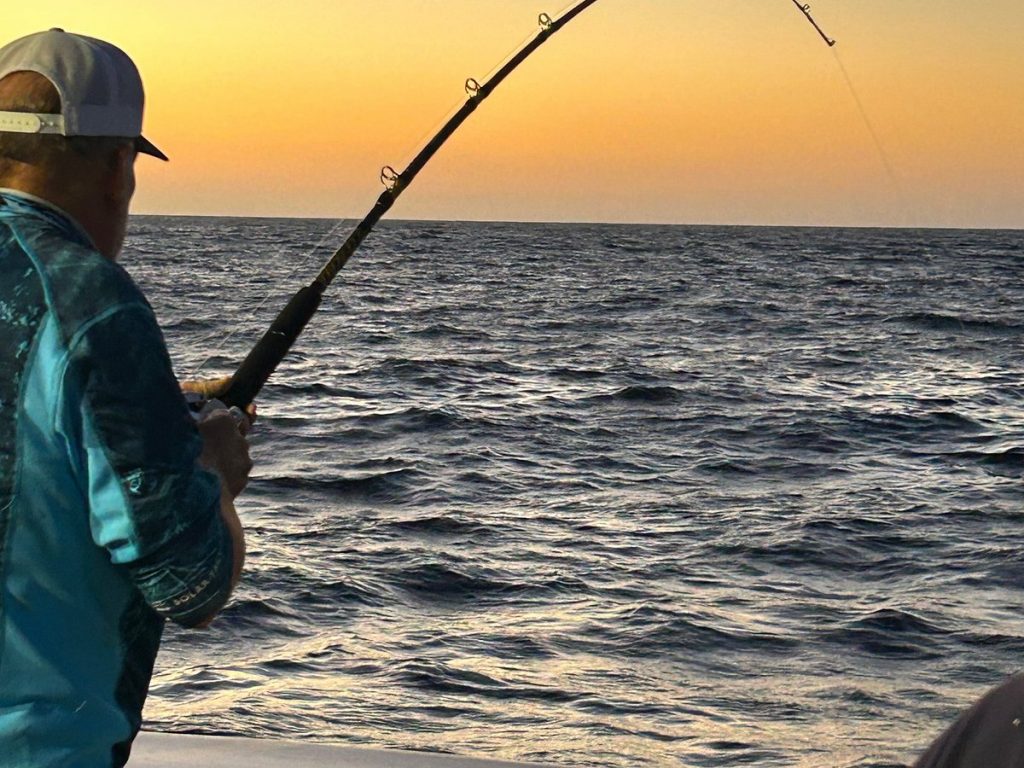
Catching Techniques
African Pompano are prized for their beautiful appearance and delicious taste, making them a popular target for anglers. In order to successfully catch these fish, it is essential to use the right techniques and bait. Here are some strategies and tips for using live and dead bait to catch African Pompano.
Using Live Bait
One of the most effective methods for catching African Pompano is using live bait. These fish are known to be attracted to smaller fish species, making live baits like pilchards, sardines, and small mullet an excellent choice. To increase your chances of success, employ live chumming techniques, which involve releasing live bait into the water near your fishing spot. This helps attract African Pompano and gets them into feeding mode.
When using live bait, it's crucial to select a suitable hook and line set-up. A circle or J-hook in the size range of 3/0 to 6/0 works well, combined with a monofilament or fluorocarbon leader. Rig the live bait through the nose or close to the dorsal fin, and allow it to swim freely to mimic natural movement. This technique will help ensure that the African Pompano strikes the bait, increasing your chances of hooking the fish.
Using Dead Bait
While live bait is often considered the best technique for catching African Pompano, dead bait can also be an effective option. Dead baits such as squid, shrimp, or cut baitfish can still attract these fish, especially if they detect the scent being released.
When using dead bait, it's important to present the bait in a natural manner. Rig the bait on a circle or J-hook in the same size range as live bait hooks (3/0 to 6/0), and use a monofilament or fluorocarbon leader. Try to position the bait near underwater structures, such as reefs or wrecks, where African Pompano are known to reside. Since these fish are versatile in the depths they inhabit, fishing at various depths can improve your chances of success.
In conclusion, both live and dead bait can be effective in capturing African Pompano, when combined with the right fishing techniques. Paying close attention to the bait presentation, ideal fishing locations, and using appropriate hooks and line set-up will greatly enhance your chances of landing this beautiful and delicious fish.

Places to Catch African Pompano
African Pompano (Alectis ciliaris) is a widely distributed tropical marine fish found in waters around the world, including the east and west coasts of South America, Africa, across the Indian Ocean, and along Asia and Australia 1. One can find this beautiful fish around various fishing spots such as wrecks, reefs, and areas with coastal structures.
Fishing for African Pompano predominantly happens around wrecks and reefs2. These locations offer the perfect habitat for this species, as they prefer shallow coastal waters and usually stay close to underwater structures to find food and seek protection. The Bahamas is an excellent destination for catching African Pompano, with its rich abundance of reefs and wrecks, making it a popular fishing spot for anglers.
Trolling is one fishing technique commonly used for targeting African Pompano. This method involves pulling lures or baited hooks behind a boat at a slow speed, attracting pompano by mimicking the movement of their prey. By covering a larger area, trolling significantly increases the chances of luring this elusive fish.
Alternatively, beach seines can also be effective in catching African Pompano. This technique involves using large nets placed along the shoreline and dragged through the water to catch schooling fish. Since juvenile African Pompano are usually found in shallower waters, they can be caught using beach seines.
When fishing for African Pompano, it's essential to cover the entire water column to increase your chances of enticing them. Live chumming is an effective way to do this by attracting the fish to the surface. For the best results, use spinning tackle when targeting them around reefs3.
In conclusion, African Pompano is a beautiful and sought-after fish with a wide distribution range. Whether you decide to fish around wrecks, reefs, or try trolling and beach seines, the key to success is knowing their preferred habitats, using the appropriate techniques, and having patience.

Legal Requirements
When it comes to fishing for African pompano, there are specific regulations in place to protect the species and ensure sustainable harvesting practices. It is essential to be aware of and adhere to these regulations, as they may vary depending on your location.
In Florida, African pompano are subject to minimum size limits and daily bag limits. The Florida Fish and Wildlife Conservation Commission (FWC) states that the minimum size limit for African pompano is 24 inches fork length. In terms of daily bag limits, each harvester is allowed a maximum of two African pompano, with a vessel limit capped at two as well. These regulations apply to both state and federal waters.
FWC also establishes the African pompano fishing season as open year-round. However, only certain gear types are allowed for harvesting this species. Authorized gear includes hook and line, cast net, and beach or haul seine.
In addition to state regulations, it's important to consider the International Union for Conservation of Nature (IUCN) 3.1 classification for African pompano. Currently, this species is listed as "Least Concern" on the IUCN Red List, indicating that it is not currently under threat of extinction. However, adherence to fishing regulations plays a significant role in maintaining this status.
Anglers should also be aware of world records when targeting African pompano. Pursuing a world record fish can provide additional excitement and motivation for fishermen. The current world record for African pompano, according to the International Game Fish Association (IGFA), is 50 lb 8 oz, caught in Daytona Beach, Florida, in 1990. Keeping this benchmark in mind while fishing for African pompano can enhance the overall experience.
In conclusion, understanding and complying with African pompano fishing regulations is crucial for promoting sustainable and responsible fishing practices. By remaining aware of minimum size limits, daily bag limits, and the IUCN 3.1 classification, anglers can contribute to the conservation and appreciation of this unique species.
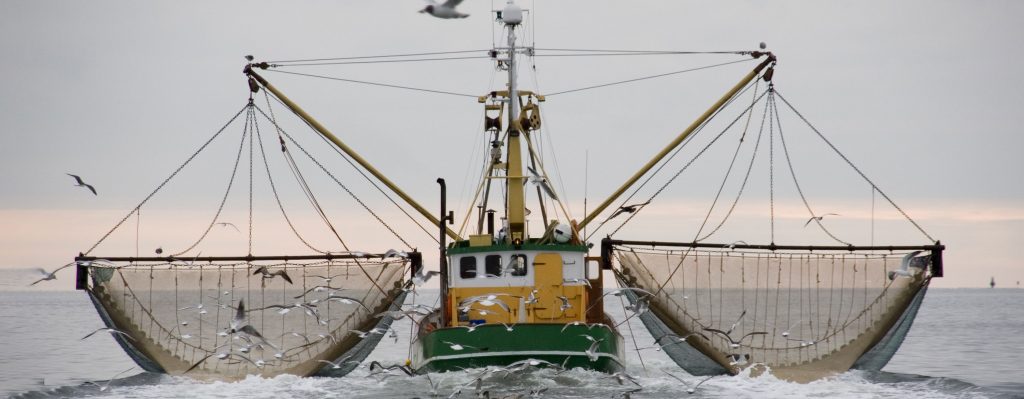
Threats
The African pompano (Alectis ciliaris) is a tropical marine fish that inhabits the warm waters of the Atlantic, Indian, and Pacific Oceans. While the species faces various threats, some of the most pressing issues involve overfishing and the incidence of Ciguatera poisoning.
Overfishing poses a significant threat to the African pompano's population. Although it's not a primary commercial fishery target, it's often caught as bycatch by fishers in the process of catching other fish species. Additionally, the increasing popularity of recreational fishing has put pressure on the African pompano population, with anglers attracted to the challenging fight and delectable taste that this fish offers.
Another primary concern for African pompano is the risk of Ciguatera poisoning, which occurs when consuming fish that have been contaminated with the toxin. This type of food poisoning is caused by the consumption of fish that have ingested a microorganism called Gambierdiscus toxicus, which produces a potent neurotoxin called Ciguatoxin. Small herbivorous fish ingest the toxin-producing dinoflagellates, which are then consumed by larger fish, like the African pompano. This leads to an accumulation of the toxin within the food chain until it reaches levels harmful to humans. Fortunately, Ciguatera poisoning is relatively rare, but when it occurs, it can cause severe gastrointestinal and neurological symptoms for those affected.
In light of these threats, management strategies and monitoring efforts are essential for protecting the African pompano's population and ensuring its ongoing survival. These measures may include catch limits in commercial and recreational fisheries, as well as regular screenings for Ciguatera toxin in fish before they reach consumers. By addressing both overfishing and Ciguatera poisoning, it's possible to maintain a healthy African pompano population and mitigate the risks associated with these threats.

Fishing African Pompano
African Pompano, scientifically known as Alectis ciliaris, is a game fish highly prized by anglers for its fighting spirit and beautiful appearance. Found in regions like the South and Northeast, these fish inhabit areas such as bays, ocean, and coastal waters 1.
The peak season for fishing African Pompano spans from November to February2. Anglers target them using various techniques, including spearfishing, as these agile fish are challenging to catch.
One of the most effective methods for catching African Pompano is drift fishing3. In this technique, anglers identify spots with adult African Pompano, cast their lines, and let the current take their boat. With luck, they'll attract a strike from one of these elusive fish.
When it comes to bait, anglers often use shrimp, which is a favorite for African Pompano. A properly rigged shrimp can improve the chances of catching this fish. Additionally, using live bait or jigs can be helpful in enticing these fish to bite.
Fishing for African Pompano can be considered of minor economic importance, as these fish are not only targeted for their thrilling fighting qualities but also for their delicious taste. However, it's essential to follow any local regulations regarding size limits and catch restrictions to ensure the sustainability of the species.
In conclusion, African Pompano offers a challenging and rewarding experience for anglers. With the right techniques, bait, and timing during peak season, fishing enthusiasts stand a chance of landing one of these exceptional fish.
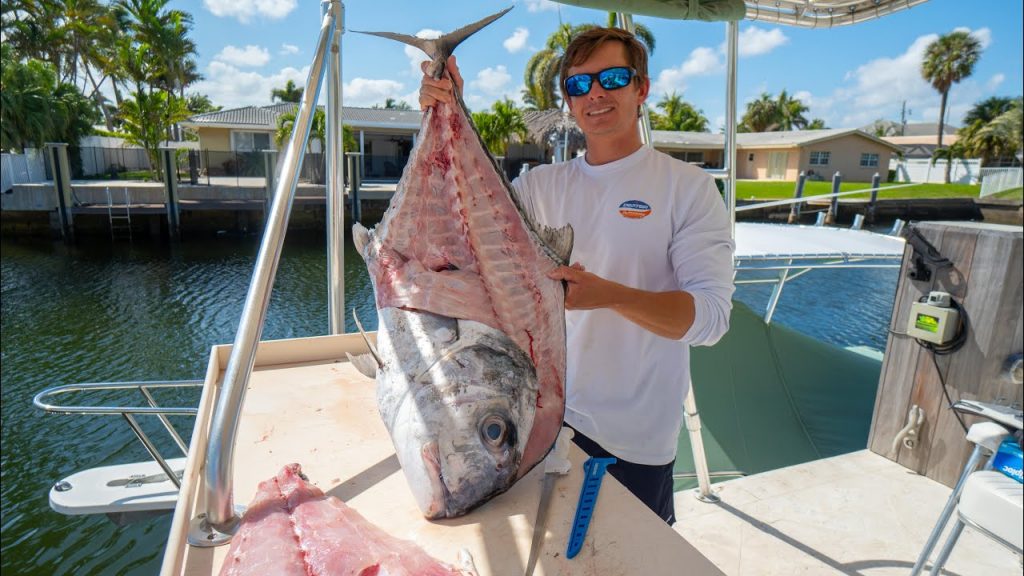
Culinary Use
African pompano (Alectis ciliaris) is an underutilized fish species that has great potential for culinary use due to its excellent table fare qualities. Found in tropical and subtropical waters around the world, African pompano is characterized by its white, thick, and delicious flesh. This versatile fish can be prepared in various ways, making it an ideal choice for seafood enthusiasts.
The meat of African pompano is known for its firm, yet tender texture making it suitable for grilling, broiling, or baking. Its flavor is mild and sweet, making it a perfect canvas for a wide range of seasonings and sauces. One popular preparation method is grilling, where the fresh pompano fish is marinated with lemon and spices to complement the natural taste of the fish.
In addition to its delightful taste, African pompano is a healthy choice for seafood lovers. This nutritious fish is not only low in fat, but also a valuable source of protein, vitamins, and minerals. With its various culinary applications and health benefits, African pompano is certainly worth exploring in the kitchen.
When cooking African pompano, it is essential to avoid overcooking as this can make the flesh dry and tough. A carefully crafted dish with pompano fillets can be enhanced by a creative use of herbs, spices, and other flavorings to achieve a memorable dining experience. Be adventurous and feel free to experiment with different methods, as long as they showcase this fish's delicious and unique attributes.
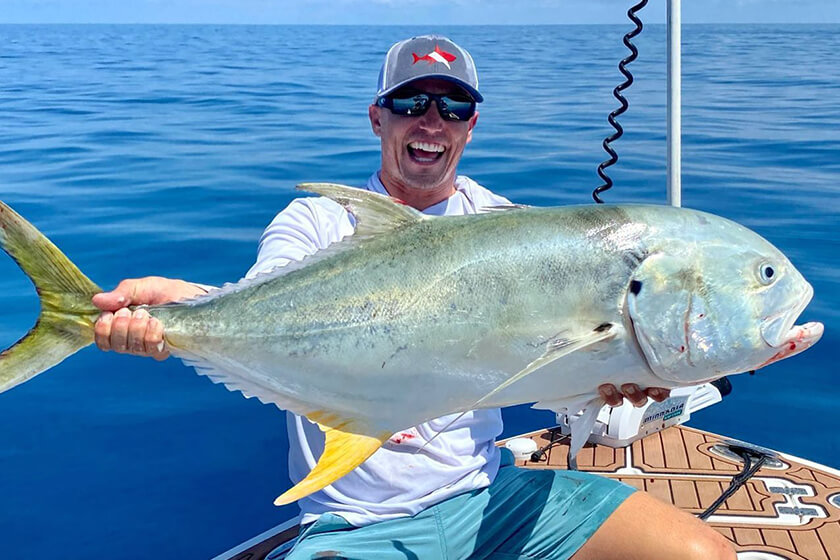
Species Similar to African Pompano
The African pompano (Alectis ciliaris) belongs to the jack family, Carangidae, and is known for its unique appearance and excellent fighting abilities. However, there are other fish species that share similarities with the African pompano in terms of their habitat, behavior, and appearance.
One such species is the amberjack, which is also a member of the Carangidae family. Amberjacks typically inhabit the same tropical and subtropical waters as African pompanos. These strong and fast-swimming fish are popular among anglers for their powerful fighting abilities and are often found near reefs, wrecks, and ledges like the African pompano.
Another species similar to African pompano is the threadfin trevally, also known as pennant-fish. This fish is characterized by elongated dorsal and anal fin rays, which look like thread-like filaments. Both African pompano and threadfin trevally share a preference for coastal waters and often form schools when hunting.
The genus Trachinotus comprises the pompano species, which are closely related to jacks. Pompanos, such as the Florida pompano (Trachinotus carolinus) and Southern pompano (Trachinotus africanus), have compressed, deep-bodied shapes, forked tails, and a similar distribution to the African pompano. In addition, some pompanos have sharp-edged spines on their gill covers, a feature that distinguishes them from African pompanos.
Anglers often use jigs as a method to catch African pompano and similar species. Jigs consist of a weighted hook that mimics the swimming action of a small prey when vertically jerked through the water column. The tactic is effective for targeting a variety of fish species such as African pompanos, jacks, and other members of the Carangidae family.
In summary, several species share similarities with the African pompano, including amberjacks, threadfin trevally, and pompanos belonging to the genus Trachinotus. These fish inhabit similar environments, exhibit comparable behavior, and are sought-after by anglers for their fighting abilities and taste.
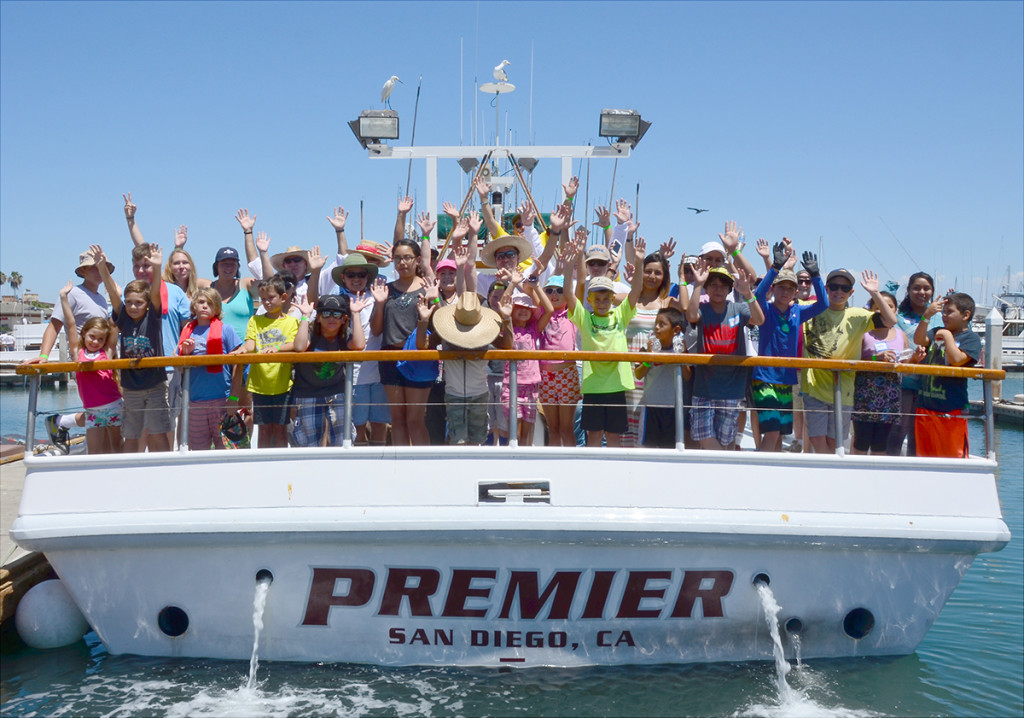
Other Information
The African pompano (Alectis ciliaris) is an excellent game fish found in warm tropical waters worldwide. It is a member of the jack family, Carangidae, and is known for its aggressive fighting ability when caught by anglers.
This species has a unique appearance, with a more curved head compared to other pompanos, which have a football-like shape. The dorsal fin rays and pectoral fins are long and threadlike in juveniles, making them easily distinguishable from their adult counterparts. As they grow, the dorsal and anal fins develop no more than one finlet each, and their body becomes relatively longer with age. Scutes (bone-like projections) can be found on the sides of the African pompano, in front of the tail.
African pompanos primarily feed on small fishes and crustaceans, and they are known to be schooling predatory fish. When targeting these fish, one common technique is chumming, which involves releasing a mixture of ground-up fish and other attractants into the water to draw them in.
Overall, the African pompano's unique features, such as the dorsal fin rays and scutes, combined with its predatory nature and preference for warm waters, make it an interesting and challenging target for anglers. Its reputation as an aggressive fighter adds to the excitement when pursuing this remarkable game fish.

Frequently Asked Questions
What is the size limit for African Pompano in Florida?
The African Pompano in Florida can grow up to 42 inches and weigh as much as 40 pounds source. However, regulations and size limits may vary. It is essential to check with the Florida Fish and Wildlife Conservation Commission for the latest information on size limits and other applicable fishing regulations.
What is the world record for the largest African Pompano caught?
The current world record for the largest African Pompano caught is 50 pounds and 8 ounces. It was caught in the waters of Daytona Beach, Florida, on March 11, 1990 source.
What are some effective techniques for catching African Pompano?
African Pompano can be caught using various techniques, including deep jigging, trolling with natural baits, or using live baits source. While fishing with live baits, anglers should consider using lighter tackle to avoid spooking the fish. Furthermore, fishing near underwater structures (like reefs, wrecks) can also increase the chances of catching this elusive species.
How does the African Pompano differ from the regular Pompano?
The African Pompano (Alectis ciliaris) and the regular Pompano (Trachinotus carolinus) are different species of fish belonging to the Carangidae family. The main differences between them are their size, appearance, and habitat. African Pompano are larger in size compared to the regular Pompano and have a more elongated body with long, threadlike rays in their juveniles dorsal and anal fins source. The regular Pompano is usually found in coastal waters along the US Atlantic and Gulf coasts, where they inhabit inshore and nearshore waters. On the other hand, African Pompano are found in tropical waters worldwide, with adults usually inhabiting coastlines while the juveniles being pelagic source.
What are some interesting facts about the African Pompano?
African Pompano are known for their beautiful, silvery appearance and the long, filamentous rays on their dorsal and anal fins when they are juveniles source. These fish have a wide distribution in tropical and subtropical waters globally. Some other names for African Pompano include pennant-fish and threadfin trevally.
Is the African Pompano a good fish to eat?
Yes, the African Pompano is considered a good fish to eat. Its firm, white flesh is flavorful and is suitable for various cooking methods, including grilling, frying, or baking. Its taste is considered to be similar to that of the regular Pompano, which is often prized for its excellent flavor source. Ensuring the fish is caught within sustainable limits and following local fishing regulations can help maintain healthy populations of African Pompano for future generations to enjoy.
Footnotes
- (https://www.takemefishing.org/fish-species/african-pompano/) ↩ ↩2 ↩3
- (https://en.wikipedia.org/wiki/African_pompano) ↩ ↩2 ↩3
- (https://www.lifechacha.com/african-pompano/) ↩ ↩2 ↩3
Charlie is Editor-in-Chief of Sea Magazine
